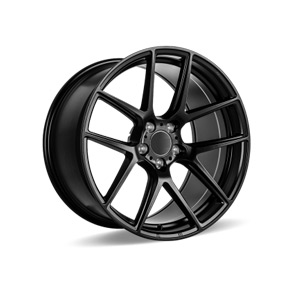Understanding the Mechanics of Push and Pull Throttle Cables in Modern Engines and Vehicles
Understanding Push and Pull Throttle Cables
Throttle cables are integral components in many types of machinery, especially those involving internal combustion engines, such as motorcycles, snowmobiles, and various types of automobiles. Among these, the push and pull throttle cable system plays a crucial role in the operation and control of engine power. This article delves into the functionality, design, and applications of push and pull throttle cables, shedding light on their importance in modern mechanical systems.
Structure and Functionality
A typical throttle control system utilizes two cables a push cable and a pull cable. The push cable, as the name suggests, is responsible for pushing the throttle body to open, allowing more air and fuel into the engine. When the operator accelerates, the push cable is activated, and it pulls the throttle plate open, resulting in increased engine power output. Conversely, the pull cable is responsible for returning the throttle to its idle position when the operator releases the throttle. It ensures that the throttle body closes properly, thereby preventing the engine from revving uncontrolled.
The design of these throttle cables is critical for performance and safety. The cables are generally made from high-strength materials such as stainless steel or nylon-coated wire, providing resistance against wear while ensuring smooth operation. They are usually housed within protective sheaths to shield them from environmental factors like dirt and moisture, which can affect functionality.
Applications
Push and pull throttle cables are widely used across various platforms. In motorcycles, for instance, the throttle grip on the handlebars is connected to these cables, allowing the rider to control the throttle intuitively. Snowmobiles utilize a similar system, where precise throttle control is essential for maneuverability in challenging snow conditions. Additionally, many automotive vehicles incorporate throttle cables, especially in older models where electronic throttle control systems were not yet prevalent.
push and pull throttle cable

The push-pull system is also advantageous in terms of redundancy. If one cable fails, the other can often still regulate the throttle position, providing an emergency backup that can help prevent sudden loss of control. This feature significantly contributes to the safety of the vehicle and its operability in critical situations.
Maintenance and Troubleshooting
Regular maintenance of push and pull throttle cables is crucial for optimal performance. Over time, these cables can stretch, fray, or become dirty, leading to sluggish throttle response or even failure. Mechanics and vehicle owners should periodically check the cables for signs of wear and replace them if necessary. Lubricating the cables and ensuring they are correctly routed can help in maintaining their functionality.
Troubleshooting issues with throttle cables typically involves observing the throttle response during acceleration. If the engine revs up too slowly or too quickly, or if the throttle does not return to idle smoothly, it may indicate a problem with one or both cables. Inspecting for kinks, dirt, or misalignment can often reveal underlying issues that need addressing.
Conclusion
Push and pull throttle cables remain pivotal in the function and safety of various automotive and mechanical applications. Their simple yet effective design allows for precise control of engine power, ensuring that operators can maintain command over their vehicles. Regular maintenance can prevent failures and enhance the longevity of these essential components. As technology advances, while many modern vehicles are moving towards electronic throttle controls, understanding and appreciating the mechanics of push and pull throttle cables provides valuable insight into the foundational principles of engine control systems.
-
Workings of Clutch Pipe and Hose SystemsNewsJun.04,2025
-
The Inner Workings of Hand Brake Cable SystemsNewsJun.04,2025
-
The Secrets of Throttle and Accelerator CablesNewsJun.04,2025
-
The Hidden Lifeline of Your Transmission Gear Shift CablesNewsJun.04,2025
-
Demystifying Gear Cables and Shift LinkagesNewsJun.04,2025
-
Decoding Clutch Line Systems A Comprehensive GuideNewsJun.04,2025
